$89.95 Original price was: $89.95.$62.97Current price is: $62.97.
- The Quality Choice for Smart Shoppers
- Quality You Can Trust
- Effortless solutions, excellent customer care.
- Free and fast shipping worldwide

When it comes to making the best beans, we go for low and slow. This traditional handmade Mexican glazed clay bean pot, with its narrow top and wide bottom, provides equal heat distribution so all the beans cook evenly over a nice, low heat. The beans can be pre-soaked, cooked and brought to table in this decorative Ancient Cookware vessel, called a frijolera (or, maker of “frijoles”). Each time we tried this pot, the beans cooked up moist, tender and perfect. We love how the lid fits snugly when turned to get an exact fit, even though it is not uniformly round, as it is handmade pottery. This pot can be used in the oven, microwave and stovetop over direct flame (if using with an electric stove, a heat diffuser must be used, and if using with an induction cooktop, you’ll need an induction cookware interface disk).
[/description-break] Specifications [/title]Dimensions: 3 quarts; 10.5 inches long, with handles, by 8 inches high
Materials: Handmade clay
Place of Origin: Mexico[/accordions-break]Traditional clay cookware is used throughout Mexico.[/banner_heading]Each piece of versatile and long lasting pottery is composed of varying ratios of clay and sand, and made by hand, using a variety of techniques, mostly without the use of a potter’s wheel. The three essential cooking vessels include ollas, which are used to cook beans, maize and stews, as well as for storage. Comales are large round griddles used to cook and roast any combination of ingredients for salsa as well as to heat tortillas. Cazuelas are wide open pots (their depth varies) with or without handles, used to cook moles and more, and they are used for serving.[/banner-text-break]For many recipes, you can sauté the aromatics in a skillet then transfer to the bean cooker before simmering. For example, with Mexican Stewed Beans with Salsa Fresca, saute the onion, garlic and cilantro stems then add to the pot along with the beans and broth and bring to a simmer. Or try using this clay pot with Turkish Beans with Pickled Tomatoes.[/how-to-use-break]Cure your pot before using, by rubbing the interior surface with a cut clove of garlic then filling with water, and simmer for 2 hours. As with any clay or glass cookware, avoid major changes in temperature. It should be allowed to slowly adjust to heat. Likewise, always allow the pot to cool to room temperature before washing or storing, and never set a hot pot on a cold surface such as granite or tile. Wash by hand, avoiding metal or abrasive cleaners, and avoid using strongly scented soaps that can flavor the clay. Avoid using metal utensils, as they can scratch and damage the inside of the pot. It is common for some staining or discoloration on the interior of the pieces to occur with use over time.
Be the first to review “Ancient Cookware Frijolera Bean Pot” Cancel reply
Related products
PANTRY
Candy, Cookies & Sweets
Shortbread House Of Edinburgh Original Recipe Shortbread Biscuits
Oils & Fats
Concentrates & Pastes
Jams, Jellies & Marmalades
PANTRY

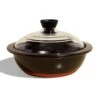

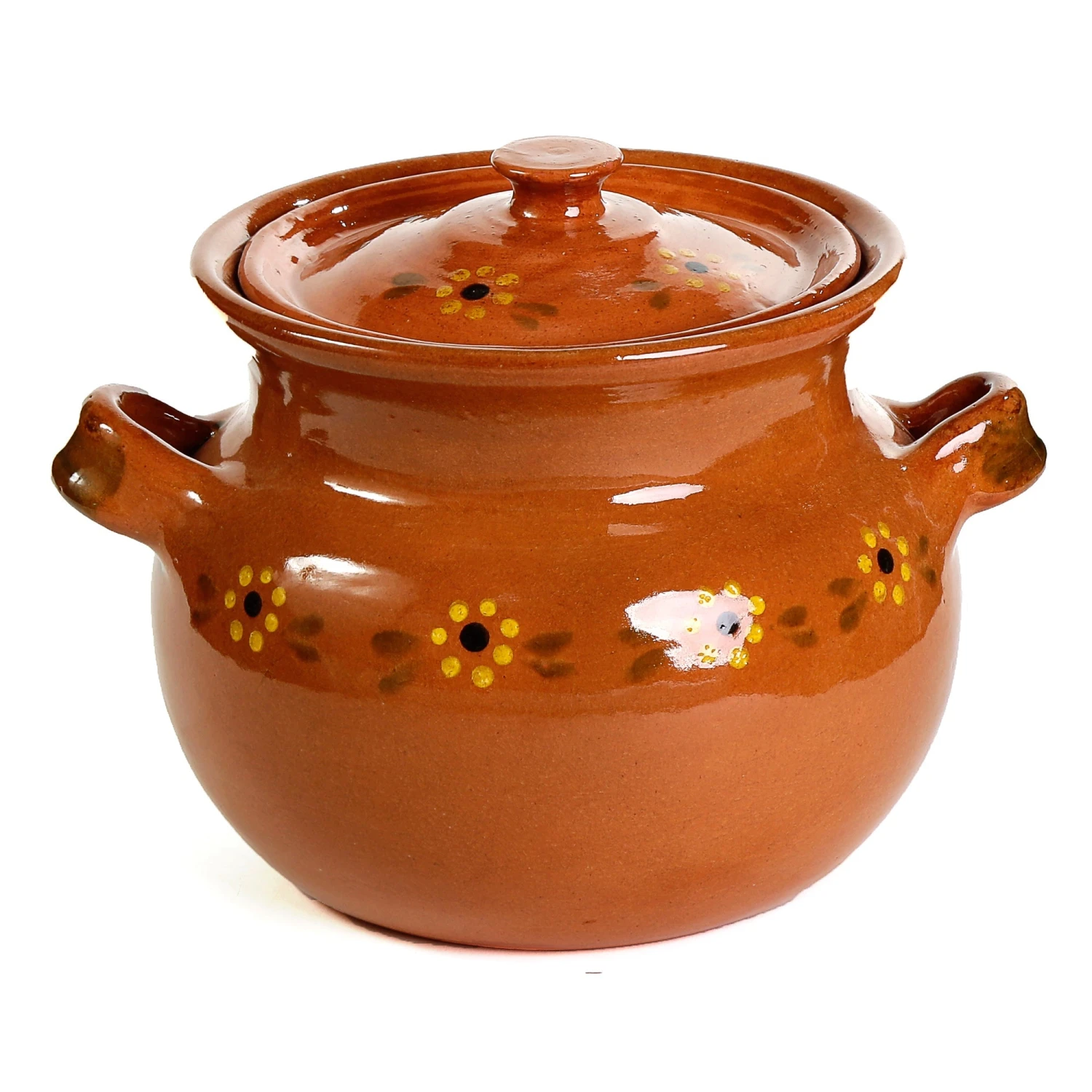

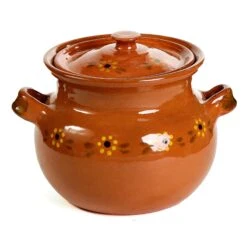

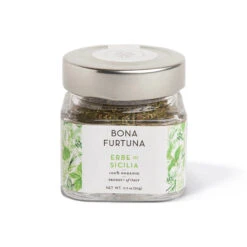


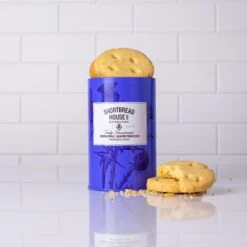

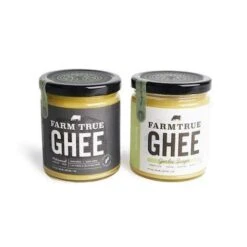




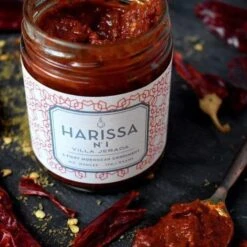

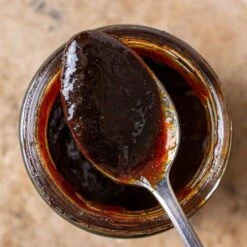
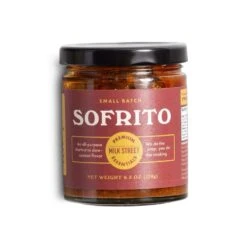

Reviews
There are no reviews yet.